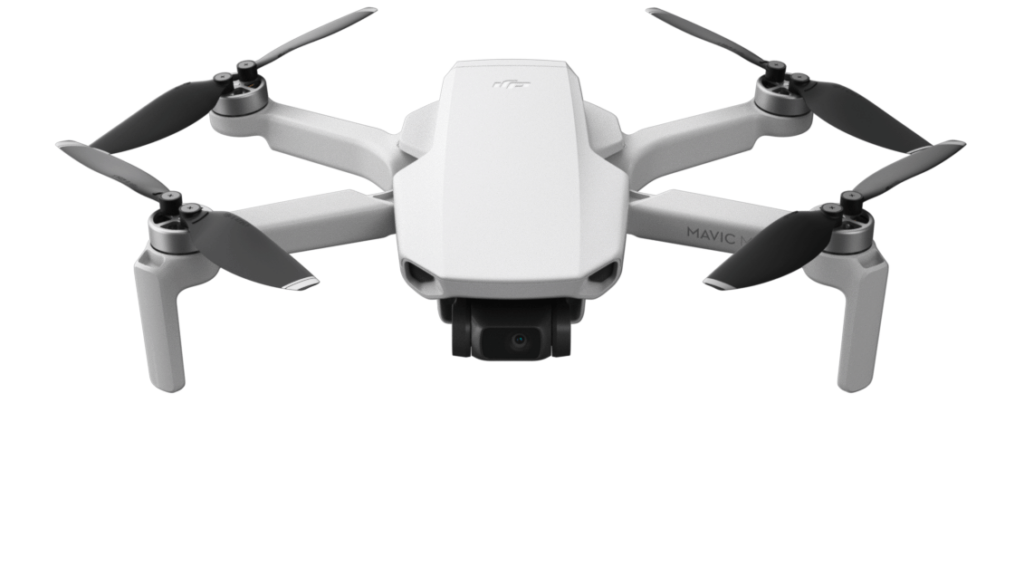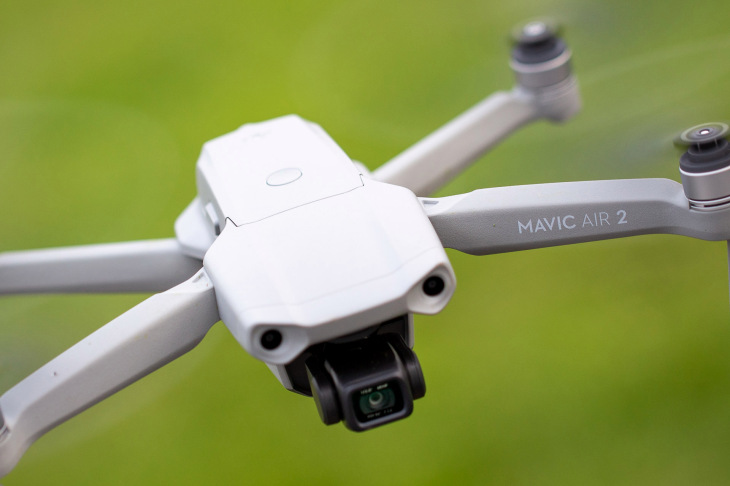A recent study, carried out by DroneDeploy, has shown how accurate the DJI Phantom 4 RTK is, as it can meet survey-grade requirements, “without having to go through the laborious process of laying a whole load of ground-control points (GCPs).”*
Traditional mapping methods involve using ground-control points, which are defined points on the surface of the earth that have a known geo-referenced location.
Surveying and Aerial Mapmaking
The DJI Phantom 4 RTK Combo is able to provide centimeter-level accuracy in aerial surveying and mapmaking. The advanced Phantom 4 drone is packaged with the D-RTK mobile station, a high-precision ground-level GNSS receiver that makes mapping information even more accurate. Smart TimeSync software keeps the flight controller, drone camera, and RTK module synchronized.
This aircraft, which is sold by Heliguy, will increase productivity, achieve greater collaboration, increase job-site safety, and save money for industrial users.
As a result of these tests, the Phantom 4 RTK is recommended by DroneDeploy to create accurate maps for the measurement of point‑to‑point distances. The test demonstrated how the “next generation mapping drone” can provide 2 cm relative vertical accuracy and 1.20cm relative horizontal accuracy.*
In addition to providing accurate results, by using the Phantom 4 RTK to do surveying, the costs will be reduced when used with traditional methods.
DroneDeploy created a control point system for a rooftop building survey to test the accuracy of the Phantom 4 RTK. After this, 30+ flights were logged, with each examining the effect of flight altitude, overlap, and number of images, which were processed using DroneDeploy’s Map Engine.
Along with the accuracy of linear measurements, the data was then utilized to calculate both the horizontal and vertical accuracy of the measured points.
Results
DroneDeploy has published a white paper containing the following results:
- The measurement accuracy results of the DJI Phantom 4 RTK compared to the Phantom 4 Pro.
- How the Phantom 4 RTK can reduce costs associated with traditional survey workflows.
- The best practices for producing highly accurate drone maps with DroneDeploy and the DJI Phantom 4 RTK.
- How to capture ground control data and ensure the accuracy of your drone maps.*
Important Findings
- P4 RTK delivered 2cm relative vertical accuracy and 1.2cm relative horizontal accuracy.
- Phantom 4 RTK control distances within 0.1% of Phantom 4 Pro with GCP measurements.
- Phantom 4 RTK control distances within 0.27% of Trimble Catalyst measurements.
- 2D and 3D flights did not significantly affect measurement accuracy.
- Phantom 4 RTK measurement accuracy can meet survey-grade requirements.*
In light of such thorough testing, it is not surprising that deploying drones for construction, surveying and mining missions, has become increasingly popular.
Using GCPs with aerial photogrammetric data makes it possible to achieve centimetre-level accuracy by pinning those points on an aerial map. Although such use is accurate, GCPs tend to be a time-consuming process that usually takes a longer time than flying the drone.
In order to process RTK data with a drone, it is necessary to have both an RTK Base Station and a RTK Rover — specifically the Phantom 4 RTK.
The common method used in surveying is the “Stop and Go” technique. However, post- processing in obtaining accurate positioning, is not required for the RTK.
In order to broadcast its position to the rover in real time, a radio is needed at the reference receiver. This can be either a local base station or a network base station, which makes it possible for in-field surveying. In fact, this eliminates the need to check measurement quality during post processing. On the other hand, RTK processing does not require post-processing to obtain accurate positioning.
DroneDeploy has shown that — on average — the Phantom 4 RTK can deliver 2cm relative vertical accuracy and 1.20cm relative horizontal accuracy with maps, which are processed on the DroneDeploy Map Engine.
As a result, the Phantom 4 RTK is recommended by DroneDeploy to create accurate maps for the measurement of point‑to‑point distances.
In addition to getting accurate results — in most cases — using the Phantom 4 RTK to survey will significantly reduce costs spent on labor, hardware, and software when applying traditional methods. This also comes with benefits, such as greater productivity, faster time, improved collaboration, and safety. However, it is still recommended that some ground control checkpoints (1-2 GCPs) are used to ensure accuracy, as well as provide accountability for any measurements.
Future
DroneDeploy has shown how accurate the DJI Phantom 4 RTK is as it can meet survey-grade requirements without the laborious process of laying ground-control points.
This advancement is another step towards simplifying, and thereby streamline, surveying, such an essential, and increasingly profitable, business.



